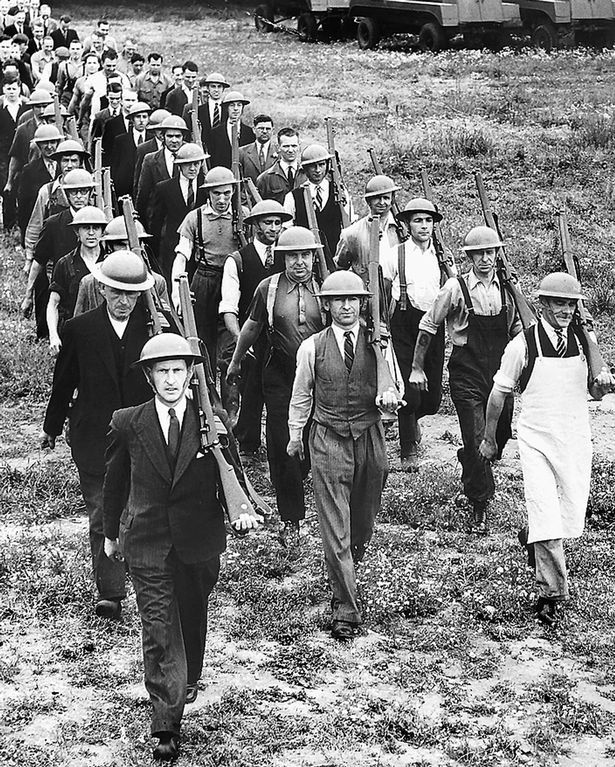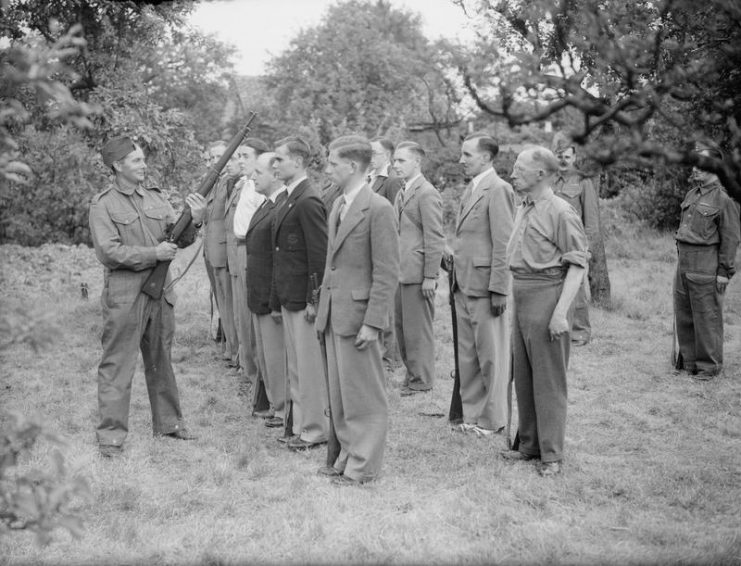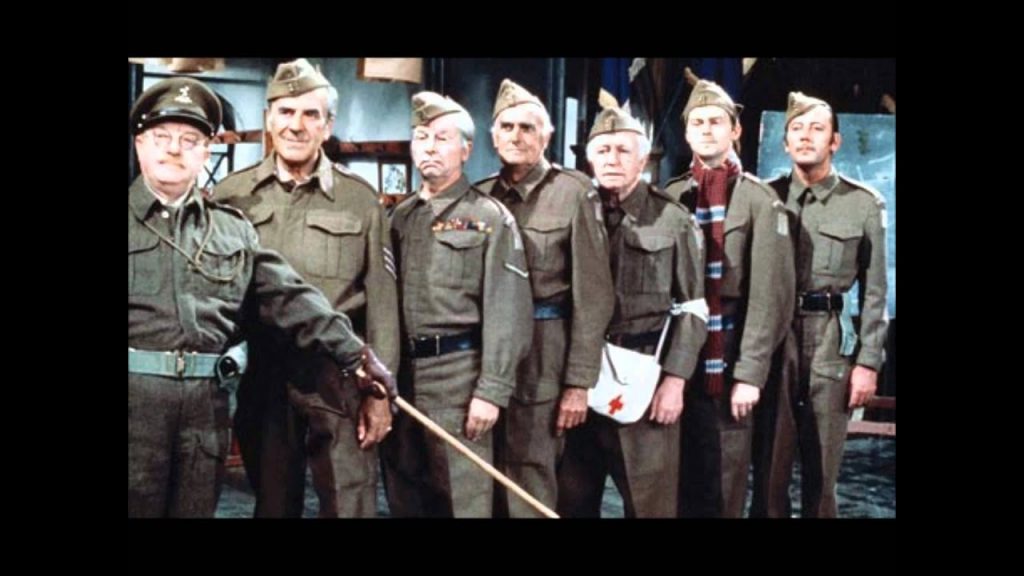What was the Home Guard ? Previously it was known as the LDV. It was an armed citizen Militia supporting the regular army during the First and Second world war. Originally the LDV was formed back in 1915 under Field Marshal John French after his forced resignation as commander in chief of the British Expeditionary Force (BEF). After the Battle of Loos, he energetically restructured the Military Training, drawing up plans to defend the country against a German Invasion and devised the first British Air Defence System against Zeppelins and Bombers so that they could be tracked by Fighters and Anti-Aircraft Artillery
The position was resurrected for Sir Walter Kirke on 3rd September 1939. He devised the first anti-invasion plan in October, known as Operation Julius Caesar. Kirke was replaced by Sir Alan Brooke in July 1940. His next successor was Sir Bernard Paget for the next 4 years.
What became the Home Guard defended key targets like factories, explosive stores, beaches and Sea Fronts. At night they patrolled the fields in which the enemy gliders or paratroopers might land. No one expected them to beat well trained German Soldiers. They were cannon fodder.
Men who failed Medicals for the regular army were encouraged to join as well as men between 17 and 65 years old. Most of the Home Guard comprised men in Reserved Occupations or Teenagers awaiting call-up.

Initially weapons for the Home Guard were scarce. Shotguns were the prized weapons as well as any old Hunting Guns. The ordinary privates paraded with knives tied to broom handles or with agricultural implements such as Scythes and Pitchforks. Eventually they received uniforms and their M1917 Rifles. With repeated Training the Home Guard evolved into a well equipped group of men. They carried out Patrols on Foot, by Bicycle, even on Horseback and often without full Uniforms although all Volunteers wore an armband. At its peak, the Home Huard had 1.7million Members.
On 14th May 1940, Anthony Eden made a speech to the nation on the BBC. He called for Volunteers, who would not be paid, to offer their services and register at their local Police Stations. Even before the broadcast was ended, Police Stations were besieged by men wanting to volunteer. They manned road blocks and other fixed defences around vital positions such as bridges and viaducts. In late 1941 some Home Guard Units were given an anti-aircraft role because men of The Anti- Aircraft Command were being transferred to Regular Units for service overseas. By March 1942 over 11,000 Home Guard were being trained to man Guns and Searchlights and these numbers grew as the war progressed.
Surprisingly however, hundreds of the Home Guard were badly injured while on duty and 1206 were killed mainly from night time bombs dropped from German aircraft during the Blitz.
The Home Guard Volunteers formed their own Groups and elected their own Officers. Foremen in factories assumed the role of Officers while Landowners appointed themselves to that role, commanding Farm workers as privates. The oldest man in the Home Guard lied about his age. Thomas Walton was 84 when he joined in 1940

My father eventually received a 303 Rifle and I cleaned it as often as he would let me, using a Pull Through to clean inside the Barrel. When not in use the Pull Through was slid into the Stock of the Rifle.
Following the D-Day Landings (6th June 1944), the Home Guard was Stood down with a Parade in London on 3rd December 1944 . However, the whole Home Guard was officially disbanded on 31st December 1945.
There is a Home Guard Museum alive and well in Thetford, Norfolk.
Dad’s Army
The Dad’s Army TV Series ran from July 1968 until November 1977. 9 years, initially in Black and White, then in colour. So, you should be able to answer a short Quiz about their antics. There were 80 Episodes of Dads Army regularly attracting audiences of 18 million. The seven main actors were:-
- Arthur Lowe – Captain Mainwaring
- John Le Mesurier – Sergeant Wilson
- Clive Dunn – Lance Corporal Jones
- John Laurie – Private Frazer
- James Beck – Private Walker
- Arnold Ridley – Private Godfrey
- Ian Lavender – Private Pike

Fun Quiz (scroll down for answers below)
- What is the real name of the village used to film Dad’s Army?
- Where did the cast stay during filming?
- Before filming, who turned down the role of Captain Mainwaring?
- What was Captain Mainwaring’s first name?
- Was Uncle Arthur actually Pike’s Father with Mavis?
- Name Pike’s Great Aunt
- Why did Pike wear a scarf?
- Pike was always ill, was this real or imaginary?
- Was Arthur Lowe in the regular Army?
- Private Walker starred until when?
- Which actor was “Doomed”
- Cpl Jones was fictitiously the oldest actor, but how old was Clive Dunn?
- Did Godfrey serve in WW1?
- Who were Godfrey’s two Sisters?
- Who called Captain Mainwaring “Napoleon”?
- Why did children regularly run home from school?
- Which aircraft was used to carry Agents into France?
- Which engine was widely used in the RAF?
- Which aircraft was the forerunner of the Avro Lancaster?
Answers
- Thetford, Norfolk
- The Bell Hotel, Thetford
- Leonard Rossiter of Rising Damp fame
- George
- No, Pikes real father was Edward Lavender, never seen in the episodes
- Aunt Lettice
- Strange answer, he wore “Claret and Blue to prevent Croup”
- Imaginary, it was from his Mother’s over protectiveness
- He was in the Territorial Army and transferred to the Royal Artillery
- Until 1973 when he died suddenly
- Private Frazer (John Laurie)
- A sprightly 48
- Yes and in WW2
- Dolly and Sissy
- The Air Raid Warden
- To listen to Dick Barton, Special Agent
- Lizzie Lysander
- The Merlin
- The Manchester